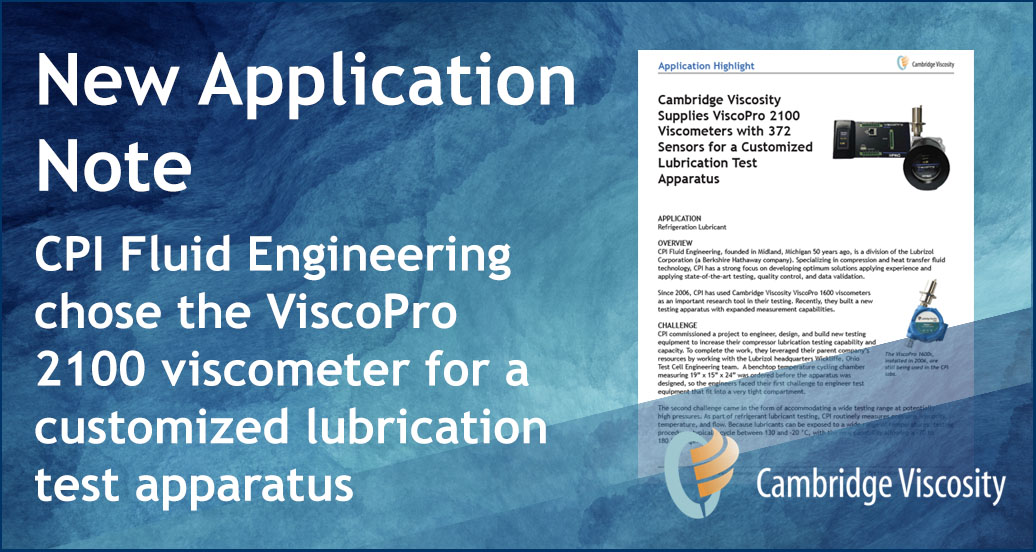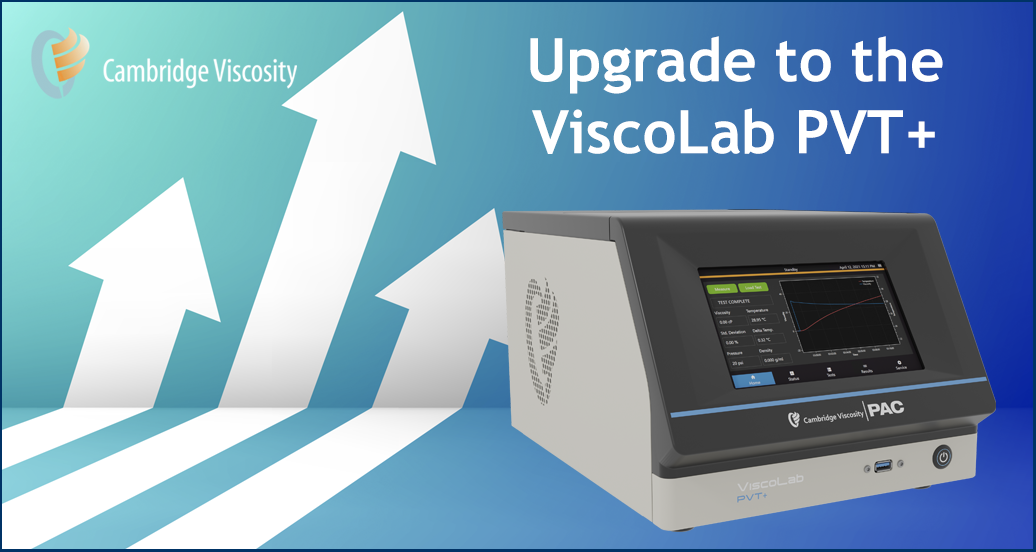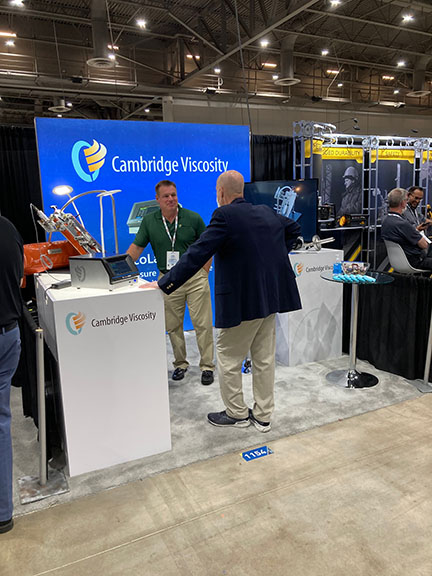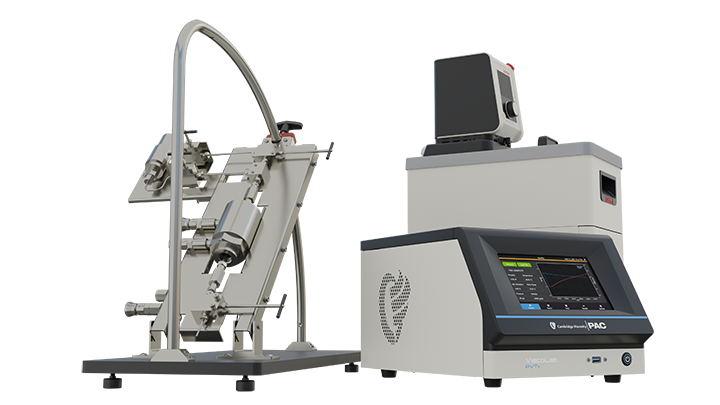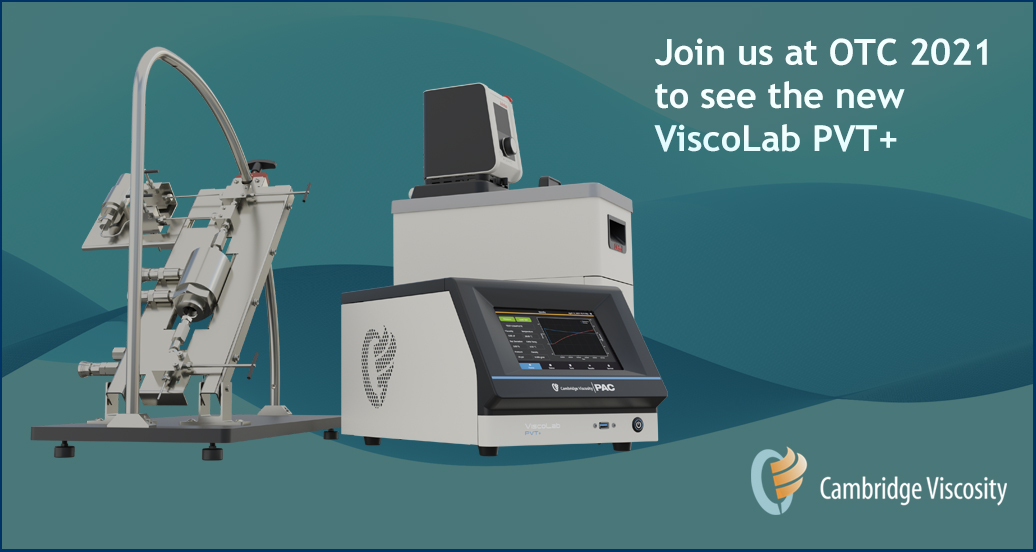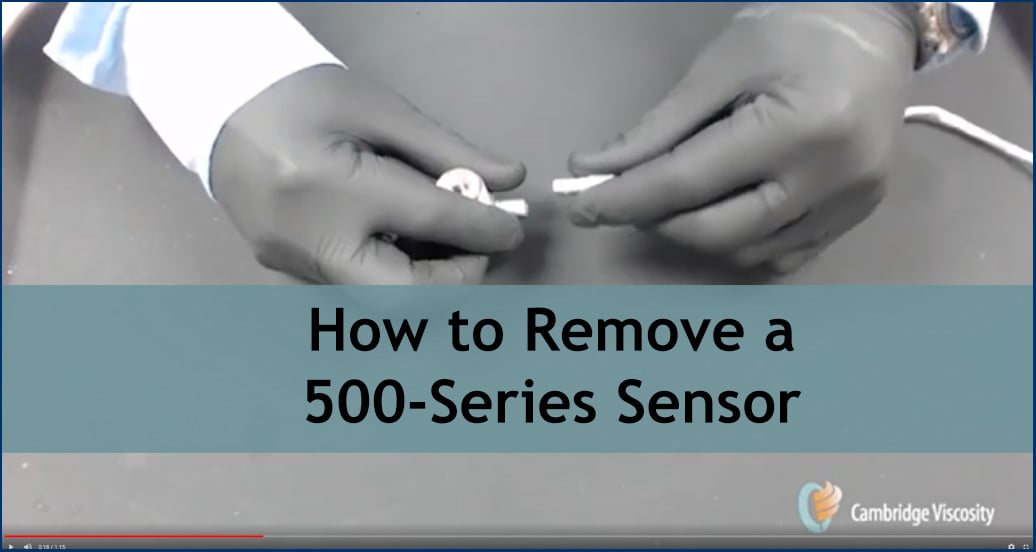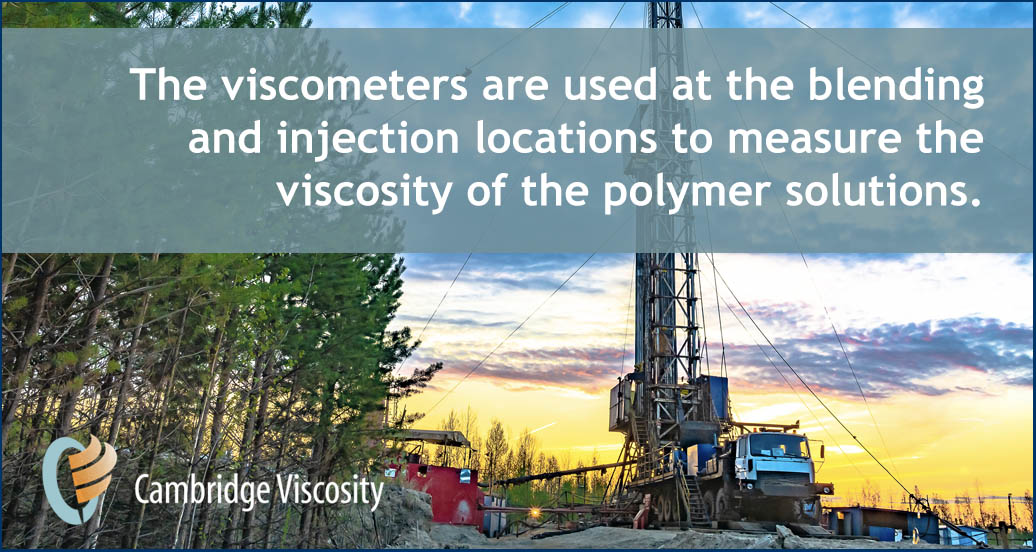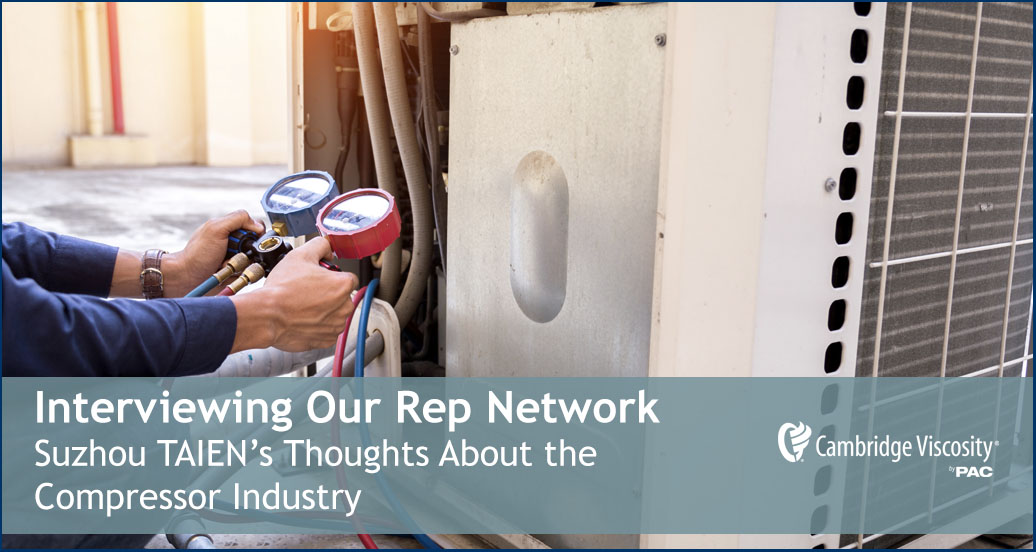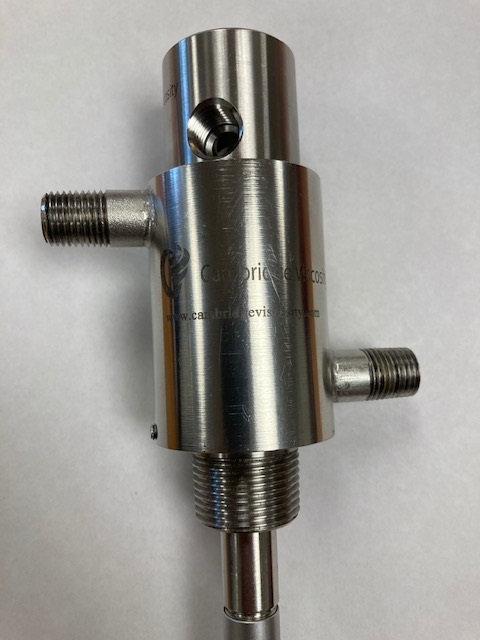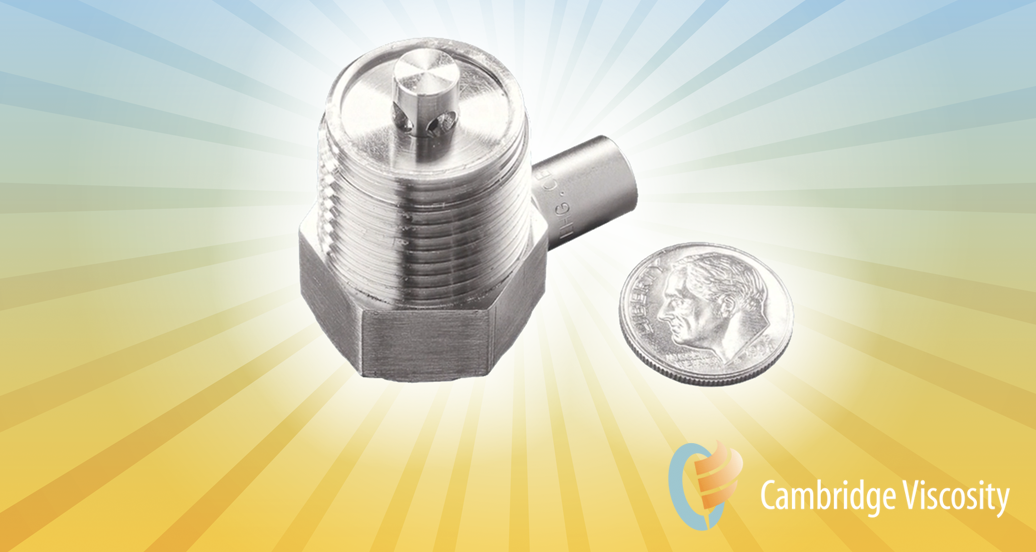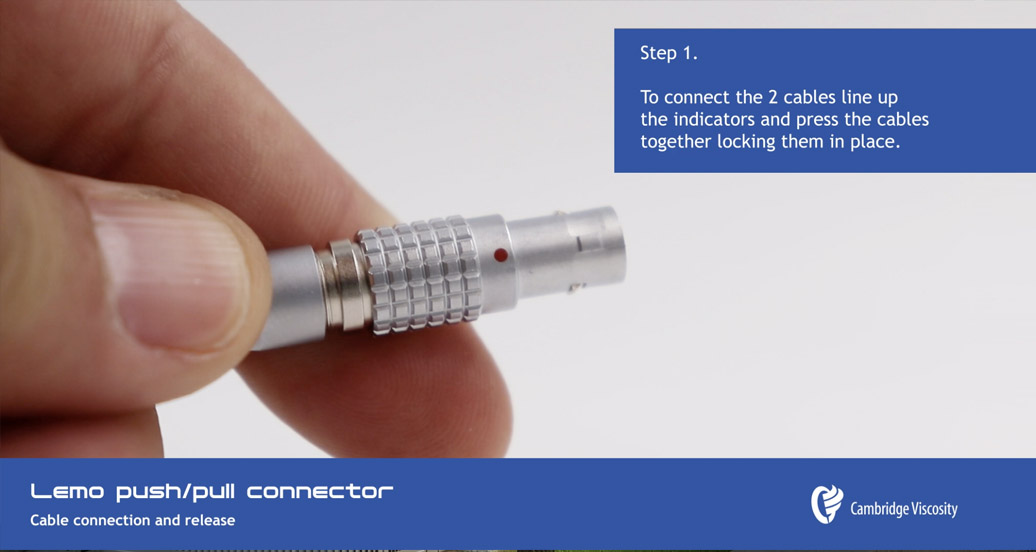Because atmospheric carbon dioxide levels are higher today than they have been at any point in the last 800,000 years1, there’s a need to develop improved ways to manage carbon capture. There are many different methods for carbon capture, but most tend to be energy intensive, water intensive, and expensive. The most common solvent is monoethanolamine (MEA), which has a significant water percentage (30% amine and 70% water). According to research from National Energy Technology Laboratory (NETL), by 2030, the addition of carbon capture technology could boost water consumption by fossil power plants by 80 percent.
Capturing Carbon in Fossil-Fueled Power Plants
Sep 29, 2021 4:13:31 PM / by Patrick Riley posted in viscosity measuring solution, viscosity control, ViscoPro 2100, process viscometer
Using ViscoPro 2100 Viscometers for a Lubrication Test Apparatus
Sep 15, 2021 2:49:22 PM / by Patrick Riley posted in viscosity measuring solution, viscosity control, viscosity management, refrigerant viscosity, ViscoPro 2100
Since 2006, CPI Fluid Engineering, a division of the Lubrizol Corporation (a Berkshire Hathaway company), has used Cambridge Viscosity ViscoPro 1600 viscometers as an important research tool in their testing. Recently, they built a new testing apparatus with expanded measurement capabilities.
Upgrade Your Existing PVT Viscometer
Sep 8, 2021 1:46:29 PM / by Patrick Riley posted in PVT, viscosity measuring solution, viscosity control, viscosity management, ViscoLab PVT+
How long has your PVT viscometer been in use? If your viscometer is more than 10 years old, we should talk. Even if your legacy instrument is operating at acceptable levels, the latest technology offers a wealth of benefits that can deliver a fast ROI, and make a positive impact on your laboratory. Why should you upgrade?
CVI ViscoLab PVT+ viscometer is designed for challenging applications
Aug 27, 2021 3:33:36 PM / by Patrick Riley posted in PVT, lube oil viscosity, high temperature viscometer, viscosity measuring solution, Exploration, high pressure viscometer
A PVT (Pressure/Viscosity/Temperature) analysis is required several oil applications. PVT measurement provides oil companies a deep understanding of a fluid’s characteristics, so they can make better, more informed decisions. Variability in oil is normal, and drillers need to be able to assess the quality of oil, as well as the best method for extraction, production, and processing of the heavy crude. PVT measurement is also used in bearing analysis, to assess lube oil under bearing conditions.
Offshore Technology Conference: 2021 Image Gallery
Aug 19, 2021 2:18:51 PM / by Patrick Riley posted in viscosity control, ViscoPro 2100, viscometer calibration, ViscoLab PVT+
This week, the Cambridge Viscosity team has been in Houston, Texas for the Offshore Technology Conference (OTC). OTC is the largest oil and gas conference in the world. In normal years, attendance is about 59,000 industry professionals. Due to Covid, OTC was canceled in 2020. This year, the event was scaled back in size in consideration of the safety of attendees. Despite being scaled back a bit, the conference has been great. We've have great conversations with industry professionals, who, like us, have been excited to travel for the first time in over a year.
CVI launches the ViscoLab PVT+ for Hi-Temp, Hi-Pressure Applications
Aug 12, 2021 3:37:55 PM / by Patrick Riley posted in high temperature viscometer, viscosity measuring solution, ViscoLab PVT+
The ViscoLab PVT+ is the latest in PVT technology by Cambridge Viscosity. This small-yet-powerful viscometer features a touchscreen interface with customizable functions to ensure fast access to the right information. Traditional PVT units, which include a laptop, pressure transducer, hub, air bath, and electronics, take up valuable workspace. The ViscoLab PVT+ is designed for the needs of the laboratory. It combines the user interface, pressure transducer, hub, and electronics in a single, compact enclosure. When mobility is a requirement, the PVT+ fits on a 30”x40” cart, and can be easily transported to other areas or laboratories. Plus, it has a low torque ceiling for easy assembly or disassembly.
Cambridge Viscosity set to launch new ViscoLab PVT+ at OTC in August
Jul 22, 2021 9:56:54 AM / by Patrick Riley posted in high temperature viscometer, viscosity control, ViscoLab PVT+
In 2019, when things were still normal and we took tradeshows and conferences for granted as a typical part of the comings and goings of business, 60 thousand people from over 100 countries converged on Houston to attend the Offshore Technology Conference (OTC) for its 50th anniversary. The theme for that year, “Going the Distance,” highlighted innovations in technology in digitalization. I find it ironic that less than a year later, “going the distance” for many of us was a commute to our dining rooms where a make-shift office was set up during quarantine.
Regulatory Uncertainty Drives Demand for Explosion-Proof Technologies
Jul 14, 2021 1:30:16 PM / by Patrick Riley posted in explosion-proof, viscosity measuring solution, viscosity control, gas compressor, compressor viscosity, refrigerant viscosity
Air conditioning systems use refrigerants to do the job of cooling an indoor space. These refrigerants, in the form of hydrochlorofluorocarbons (HCFCs), potentially contribute to climate change, and are currently being phased out of use in the United States. The phaseout approach, which was initially started in 2010, gives manufacturers time to develop ozone-friendly refrigerants as an alternative.
How to Remove a Series 500 Piston
Jun 29, 2021 7:45:00 AM / by Admin posted in 571 sensor, viscosity control, viscosity management, lens viscosity, in-line viscometers, 500 series viscometer
Recently, a few of our team members created a video to help a customer with a minor issue they were having. We thought that if one customer might have the issue, another might, also, so we uploaded the video, How to Remove a Cambridge Viscosity 500 Series Viscometer Piston, in case it could help other customers.
CVI's ViscoPro 2100 helps increase oil recovery by as much as 20%
Jun 23, 2021 11:10:41 AM / by Patrick Riley posted in reservoir fluid, oil reservoir viscosity, viscosity management, in-line viscometers, ViscoPro 2100
In mature, oil-producing reservoirs, conditions like natural fissions in the reservoir rock or resistance from heavier or more viscous oils require enhanced oil recovery (EOR) injection techniques. Polymer flooding is one EOR technique that is widely used because it can significantly improve oil recovery over conventional flooding. It uses polymer solutions in an aqueous medium to increase oil recovery by reducing the water-to-oil mobility ratio. Managing the viscosity of the EOR polymers at the well head supports efficient oil production, while helping to reduce the amount of EOR polymer needed.
An interview with CVI Rep Suzhou TAIEN about the Compressor Industry
Jun 17, 2021 12:12:25 PM / by Patrick Riley posted in viscosity measuring solution, viscosity control, gas compressor, viscosity management, compressor viscosity
Did you know we have a global representative network that supports Cambridge viscometers all over the world? We decided to reach out to a few of them to get their thoughts on the compressor industry. The first rep we talked to is Suzhou TAIEN, who is responsible for viscometer sales and support in China.
Cambridge Viscosity Attends Petro Phase 2021 Virtual Seminar
Jun 11, 2021 1:37:50 PM / by Patrick Riley
It’s been an interesting and busy week for Cambridge Viscosity. On Monday, Tuesday, and Wednesday, (June 7-9, 2021), we attended Petro Phase 2021 as a virtual seminar. The 2020 seminar was canceled last year due to COVID restrictions, so it was nice to get back to the conference circuit, albeit virtually. If you missed the live event but are interested in seeing the material, it’s available (through registration) until the end of July.
CVI’s 372 Sensor Ideal for High Pressures and Temperature Control
Jun 3, 2021 10:09:22 AM / by Patrick Riley posted in viscosity control, in-line viscometers, 372 sensor
Overview of the 501 Viscometer Sensor
May 25, 2021 1:02:21 PM / by Patrick Riley posted in 501 sensor, viscosity measuring solution
It's no secret to anyone familiar with Cambridge Viscosity that we're proud of our sensor technology. We talk a lot about our oscillating piston technology, which is based on an electromagnetic concept, where two coils move the piston back and forth magnetically at a constant force. (You can see the video showing how it works here.) The patented concept makes for a highly stable, low maintenance viscometer that maintains calibration and needs minimal service. It literally has only one moving part, and no wear points. The most convenient part is that our sensors are self-cleaning.
How to Connect a Lemo Push-Pull Connector
May 20, 2021 11:13:31 AM / by Patrick Riley posted in 501 sensor, viscosity measuring solution
The Cambridge Viscosity 501 viscometer sensor incorporates a Lemo push-pull connector. The Lemo connector is a push/pull style of connector that is self latching. Known to be effective, the Lemo connector is widely used across many industries. The system mates the connectors when the plug is pushed axially into the socket. To do this, line up the red indicator dots and press the cables together, which locks them into place. Once the latch is made, the connection won't release by twisting or pulling any component, other than the outer release sleeve. The connection can only be disengaged by pulling on the outer release sleeve, which allows the user to disengage the latch and withdraw the plug.
To release the cables, grab the knurled release and pull it back. Do not pull the cables apart without using the release, as this can damage both the cable and the sensor.
We've also had a few instances where end-users have twisted the connector, rather than pulled the connector to release. This can also damage the equipment. To better support our customers, we've created the videos below to demonstrate the correct way to release the Lemo connector attached to a CVI 501 Viscometer sensor.


